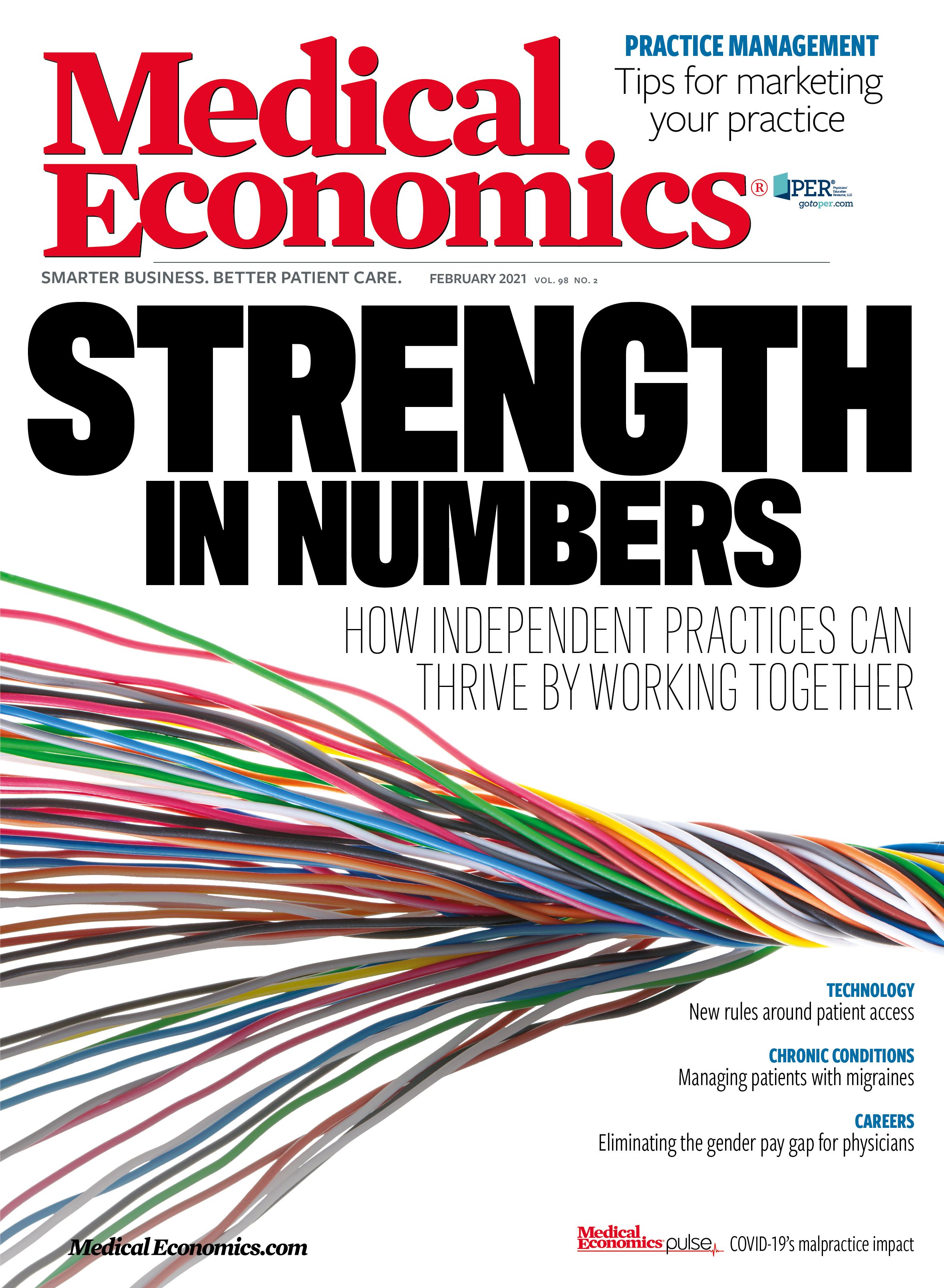Publication
Article
Medical Economics Journal
Why Value-Based Care is a Better Way to Practice Medicine
To make the value-based care model succeed, the leadership charged with implementing it must fully commit to doing it right.
This article is sponsored content. Learn more below.
Most physicians have long been frustrated by the number of patients they have to see in a day and the time pressures of those visits. On top of that are the hours devoted to administrative tasks that eat up the time they would rather spend caring for patients. According to studies of time demands on physicians, primary care doctors would need 18 hours a day to fulfill all their responsibilities. It’s a prescription for burn-out.
Much of the problem rests with the traditional fee-for-service (FFS) payment system that forces physicians to do most of their work single-handedly, while pushing the size of patient panels upward. Shuttling patients in and out of exam rooms in 15-minute increments does not make for good care or job satisfaction. In that short time frame, it’s rarely possible to build strong relationships with patients and have in-depth conversations that could reveal the factors at the root of their health problems.
Having spent my medical career practicing in underserved communities, I know that addressing those underlying issues and social determinants of health—such as food and housing insecurity, and emotional health—is essential to improving a patient’s overall health. Under an FFS model, there is neither the time nor the resources to provide that care, which is why I’ve become a proponent of the value-based care model.
The Difference A Care Team Can Make
I am a practicing physician in Houston and the Texas area medical director for Partners in Primary Care, a company committed to a value-based, care-team practice model throughout its network of senior-focused medical centers. The team approach is critical to providing comprehensive care to our older patients, many of whom have chronic and complex conditions, as well as psychosocial risk factors.
Because others on the team handle much of the paperwork and assist with the non-medical care of patients, our physicians can focus on what we trained and love to do — care for patients. By limiting our patient panels, we have extended time for patient visits — 45 minutes on average—allowing us to establish a true rapport and understand their health goals and needs, and the support systems they have in place or may require. Having a behavioral health specialist and social worker as part of the team also enables us to provide patients with needed mental health and social services.
During the pandemic, the care team has become even more essential for providing care beyond the walls of our medical center, keeping in frequent contact with patients through tele- health and even curbside visits.
Value-Based Care Done Right
To make the value-based care model succeed, the leadership charged with implementing it must fully commit to doing it right. Far too often, the focus becomes about performance metrics, which doesn’t work without the necessary resources in place.
Besides properly staffing and resourcing a care team, other essential ingredients for a successful value-based care team practice include:
- Defining each team member’s specific function
- Delineating the triggers that require specific members of the team to engage with a patient
- Scheduling regular meetings with the entire care team to dis- cuss individual patient cases
- Establishing a collaborative work environment and emboldening every member of the team to share their recommendations
- Communicating that quality, not quantity, of care determines bonuses for every member of the care team, from receptionist to physician
A true value-based care system will require physicians to be better educated about the model, which should start as early as medical school. Doing so will help ensure that value-based care is implemented as it’s meant to be so that patients and physicians reap its benefits.
Patricia Hayes, MD, is the Texas Area Medical Director for Partners in Primary Care and is a practicing physician in Houston. She earned her medical degree from the University of Texas Health Science Center, Houston and completed her residency in Internal Medicine and Pediatrics at Baylor College of Medicine. Dr. Hayes chose to pursue her passion for medicine as a way to positively impact the lives of others in her community.
Editor’s note: This article is sponsored content. Support provided by Humana. Copyright 2020 and published by MJH Life Sciences. No portion of this program may be reproduced or transmitted in any form, by any means, without the prior written permission of MJH Life Sciences. The views and opinions expressed in this material do not necessarily reflect the views and opinions of MJH Life Sciences, or Medial Economics®.






